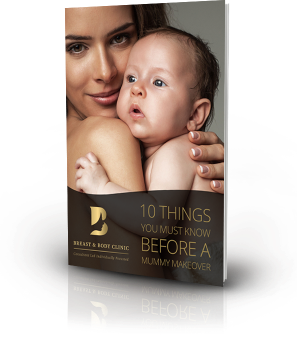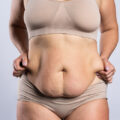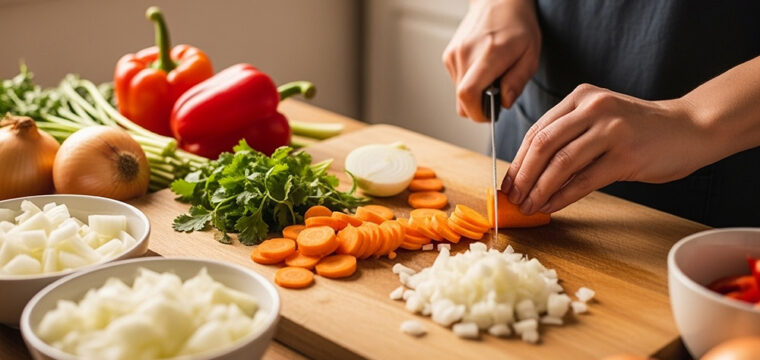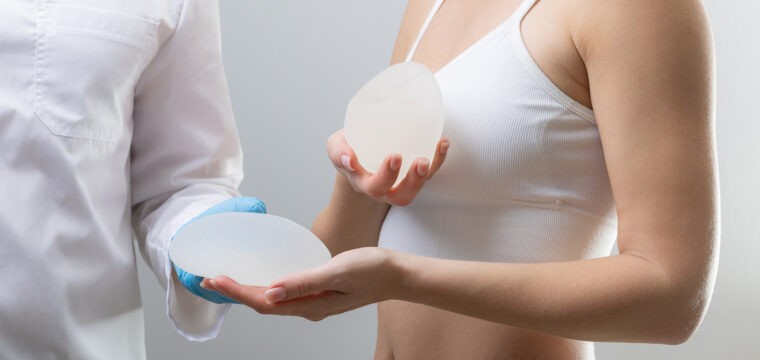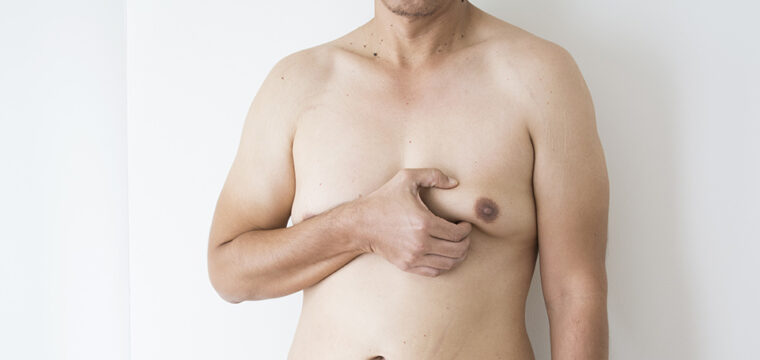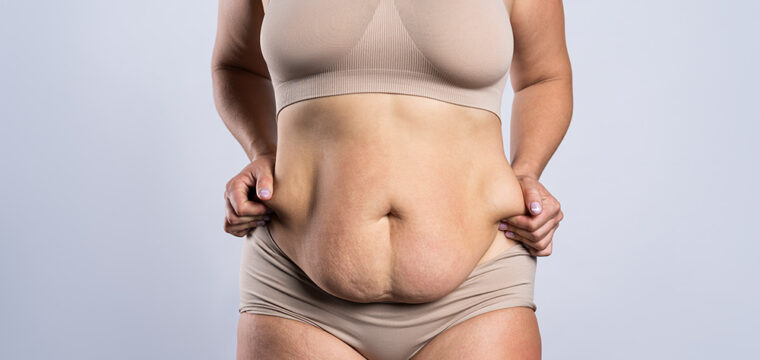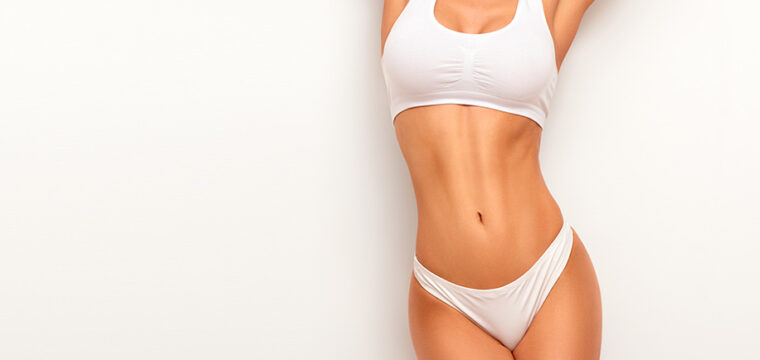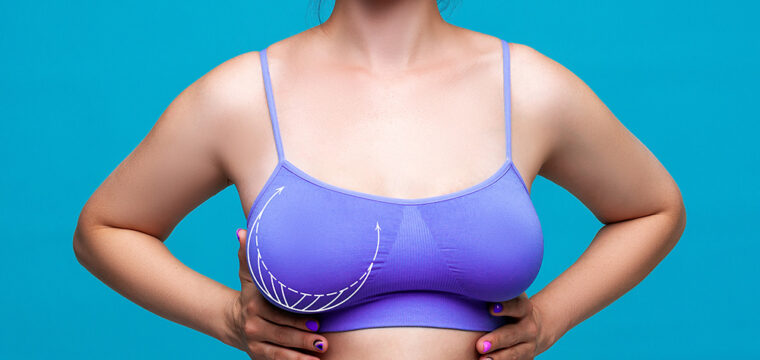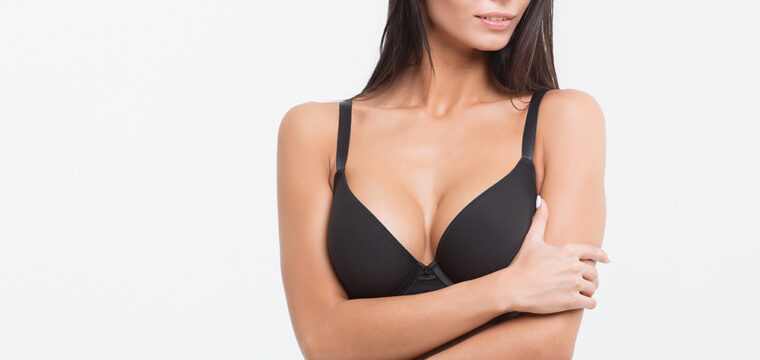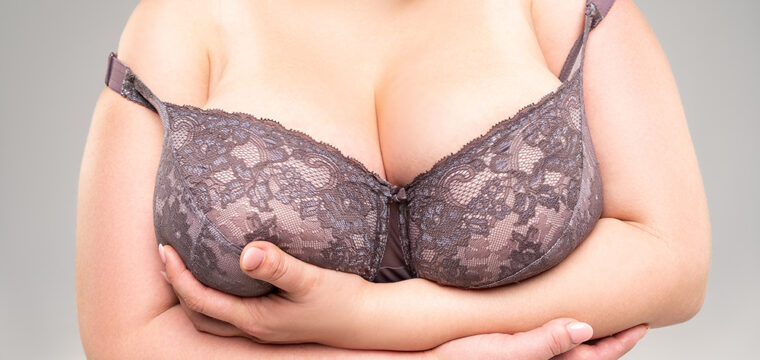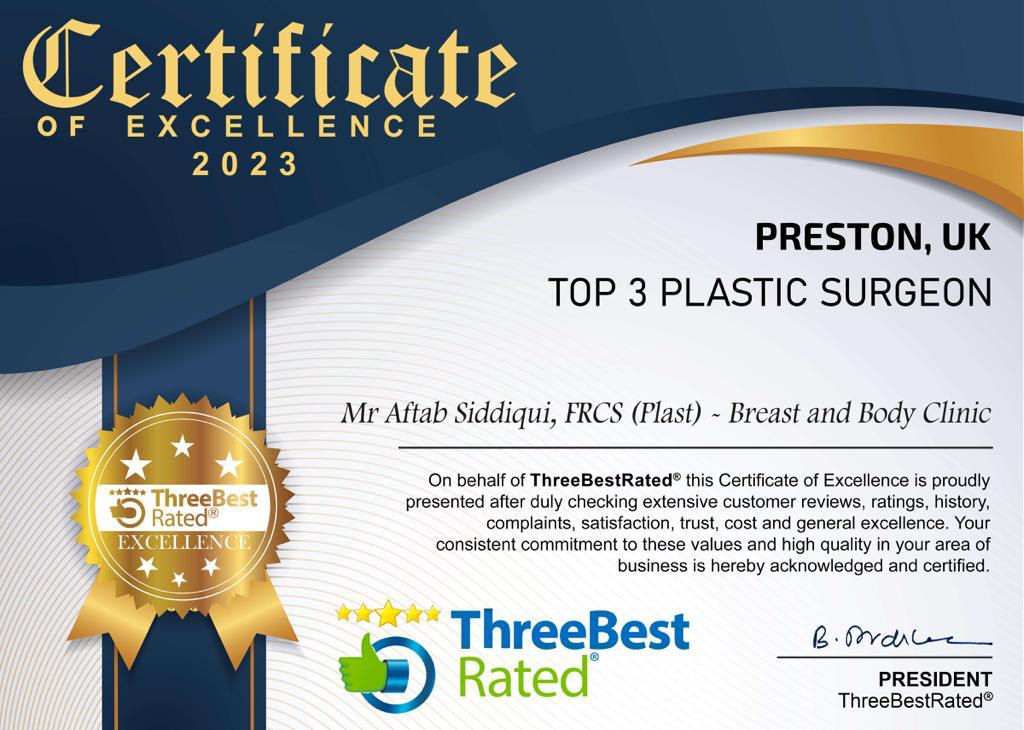- 17 June 2025
- Mr A. Siddiqui
Last updated on June 12, 2025
Table of Contents
ToggleThe human breast is far more than just an aesthetic feature—it’s a complex structure made up of fat, glands, ducts, connective tissue, and nerves, all influenced by age, hormones, and life stages like pregnancy and menopause.
Whether you’re learning about your body, keeping an eye on changes in breast health, or considering a cosmetic procedure at Breast and Body UK, understanding your own breast anatomy is a vital part of feeling informed and empowered.
In this guide, we’ll walk you through what breasts are made of, how the anatomy differs in men and women, the function of milk ducts, common breast conditions, and more.
What Are Breasts Made Of?
The question “What are breasts made of?” has a multi-layered answer. Breasts are composed of:
Glandular tissue – responsible for producing milk (including lobes and lobules)
Milk ducts – small channels that carry milk to the nipple
Fatty tissue – gives the breast its size, shape, and softness
Connective tissue – including Cooper’s ligaments, which support the breast
Nerves, blood vessels, and lymph nodes – essential for circulation, immune function, and sensitivity
The ratio of glandular to fatty tissue varies between individuals and can shift with age, hormones, or after pregnancy. This is also why breast surgeries—such as hybrid breast augmentation, which uses both implants and fat grafting—are tailored to your unique tissue composition.
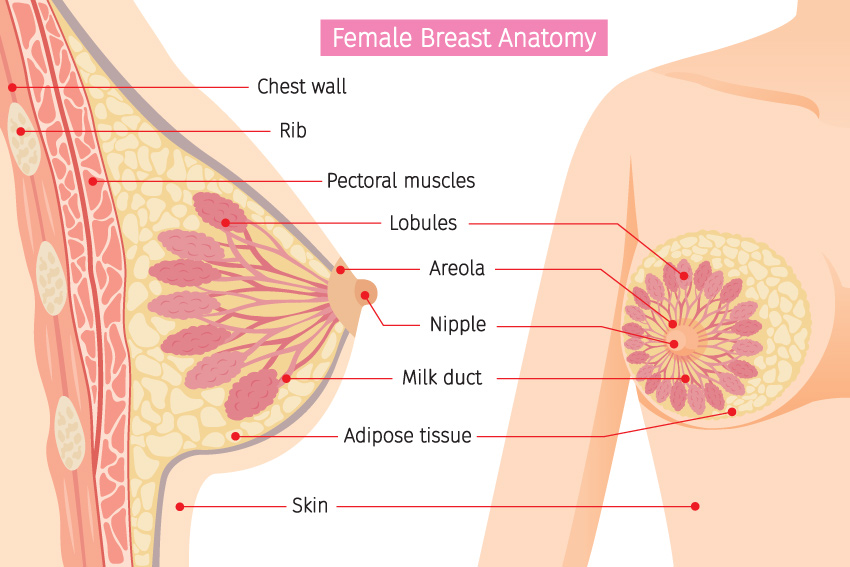
Woman Chest Anatomy: What You Should Know
Breast anatomy doesn’t exist in isolation—it’s part of the broader female chest anatomy, which includes the breast’s position on the body, its relationship to the chest wall, and how it changes across different life stages.
Each woman’s chest presents unique features:
- Breast shape and position can vary significantly depending on genetics, skin elasticity, and hormonal factors.
- Breasts are situated over the pectoralis major muscle, but are not attached to it. This allows for variation in how breasts naturally project or droop over time.
- Nipple placement and areola size also differ, and these factors often influence the goals of procedures like breast lifts or augmentation.
Understanding this broader chest context is important when considering cosmetic procedures. For instance:
- In breast augmentation, the implant placement (above or below the muscle) depends on how the breast sits on the chest wall and how much natural tissue is present.
- In a breast lift, the existing shape and degree of ptosis (sagging) guide how much skin is removed and how the nipple is repositioned.
- For post-pregnancy transformations, procedures like a mummy makeover address changes not only to the breast tissue itself, but to how the breast rests in proportion to the abdomen and torso.
Male Breast Anatomy: Not Just Flat Tissue
Though typically smaller, male breast anatomy contains similar components—nipple, areola, ducts, and minimal glandular tissue. Men can also experience:
- Gynecomastia – enlarged male breast tissue, often requiring gland removal or liposuction
- Hormonal changes – which may trigger temporary swelling or tenderness
For men seeking chest contouring, especially after weight loss or hormonal shifts, a surgical approach such as male chest reshaping may involve removing excess tissue while preserving natural chest structure.
Milk Ducts in the Breast: What Are They For?
The milk ducts in the breast serve as transport pathways, connecting the milk-producing lobules to the nipple. These ducts:
- Develop during puberty
- Become more active during pregnancy and breastfeeding
- Can sometimes become blocked, inflamed, or involved in certain forms of breast cancer
Knowledge of duct structure is also key when considering breast procedures, as some techniques, like lifts or reductions, reposition the nipple while preserving duct functionality.
Types of Breast Tissue & Common Conditions
Breast tissue isn’t one-size-fits-all. In fact, your breast composition—how much is glandular, fatty, or connective tissue—can vary significantly between individuals and even change throughout your life due to hormones, ageing, pregnancy, or weight fluctuations.
Here’s a closer look at the primary types of tissue and the common conditions associated with each:
Glandular tissue – Includes lobes and lobules that produce milk; more prominent in younger women and those who are pregnant or breastfeeding.
Fatty tissue – Surrounds and cushions the glandular components; this determines breast size and can increase with age or body weight.
Connective tissue – Ligaments and fibrous bands that provide structure; stretching over time can lead to ptosis (sagging).
These variations also play a role in how breasts change over time and what type of surgery may be needed to restore or enhance their shape. For example, someone experiencing post-pregnancy sagging and volume loss may benefit from a mastopexy (breast lift) combined with implants or fat grafting, depending on tissue availability and goals.
Common breast conditions that relate to tissue include:
- Fibrocystic breast changes – Lumpy or ropey textures, especially around menstruation
- Cysts – Fluid-filled sacs, often soft and movable
- Mastitis – Inflammation usually linked to blocked milk ducts
- Benign lumps or asymmetry – May occur naturally or after hormonal changes and are often correctable with cosmetic procedures
How Breast Anatomy Impacts Surgery Choices
Understanding your breast tissue anatomy helps set realistic expectations for cosmetic procedures. For example:
- A patient with minimal natural tissue may benefit from implants placed under the muscle to achieve a fuller yet natural look.
- Someone with sagging skin and moderate glandular tissue may opt for a breast mastopexy (lift) to restore a youthful position and contour.
- If subtle enhancement is desired, hybrid breast augmentation offers the advantage of adding volume with implants while smoothing the edges with fat transfer.
Surgical procedures at Breast & Body UK are always based on your anatomy—because understanding what’s inside allows us to shape the outside beautifully and safely.
Consulting with a Leading Plastic Surgeon at Breast & Body Clinic UK
Choosing to undergo surgery can be a significant step. By understanding more about the procedures, you can make informed decisions about the best options for your unique needs.
If you’re considering a breast procedure, speak to our friendly team today and book a free consultation. At Breast & Body Clinic UK, we can help you determine the most suitable approach for your individual goals and expectations. Our experienced cosmetic surgeons will guide you through the process, ensuring you feel comfortable and confident every step of the way.
FAQs
What does breast tissue feel like?
Breast tissue may feel smooth, lumpy, firm, or soft depending on where you press and your natural tissue makeup. Glandular tissue feels denser and rope-like, while fatty tissue is softer and more pliable. It’s normal for texture to vary throughout the cycle.
Do you have glands in your breasts?
Yes. Breasts contain lobes and lobules, which are glandular tissues responsible for milk production. These glands are connected by milk ducts that carry milk to the nipple during lactation.
What does the inside of a breast look like?
Internally, the breast is a web of fatty tissue, lobes, lobules, ducts, blood vessels, and connective ligaments. Visualising this layout can help patients understand how surgery (like augmentation or lift) works with—not against—your natural anatomy.
Can breast anatomy affect my surgery results?
Absolutely. The amount of glandular vs. fatty tissue, skin elasticity, and even nipple position influence the surgical procedure. That’s why every breast procedure such as breast augmentation or mastopexy at Breast & Body UK is highly personalised.
The information on the website is for general guidance only and cannot be used as a basis to make a surgical decision, an initial consultation with our doctor is required to help patients make an informed decision before proceeding with any surgical procedure. Any surgical or invasive procedure carries risks. Before proceeding, you should seek the opinion of an appropriately qualified health practitioner
About The Author
Mr A. Siddiqui
Mr Siddiqui is a Consultant Plastic and Cosmetic Surgeon, based at The Countess of Chester Hospital in the Department of Plastic and Reconstructive Surgery. He trained extensively in plastic surgery before becoming a Consultant in the NHS and developing a private practice in Manchester and other areas of the Northwest. He is considered to be one of the top 10 cosmetic surgeons in Manchester.
Categories
- Brachioplasty (3)
- Breast Augmentation (24)
- Breast Health (12)
- Breast Implants (18)
- Breast Lift (10)
- Breast Reduction (14)
- General (2)
- Gynecomastia (2)
- Labiaplasty (2)
- Liposuction (13)
- Mummy Makeover (9)
- Skin Cancer (1)
- Skin Care (1)
- Tirzepatide (1)
- Tummy Tuck (21)
Recent Posts
23 September 2025
16 September 2025
9 September 2025
Liposuction vs. CoolSculpting: How to Choose the Best Option for You

